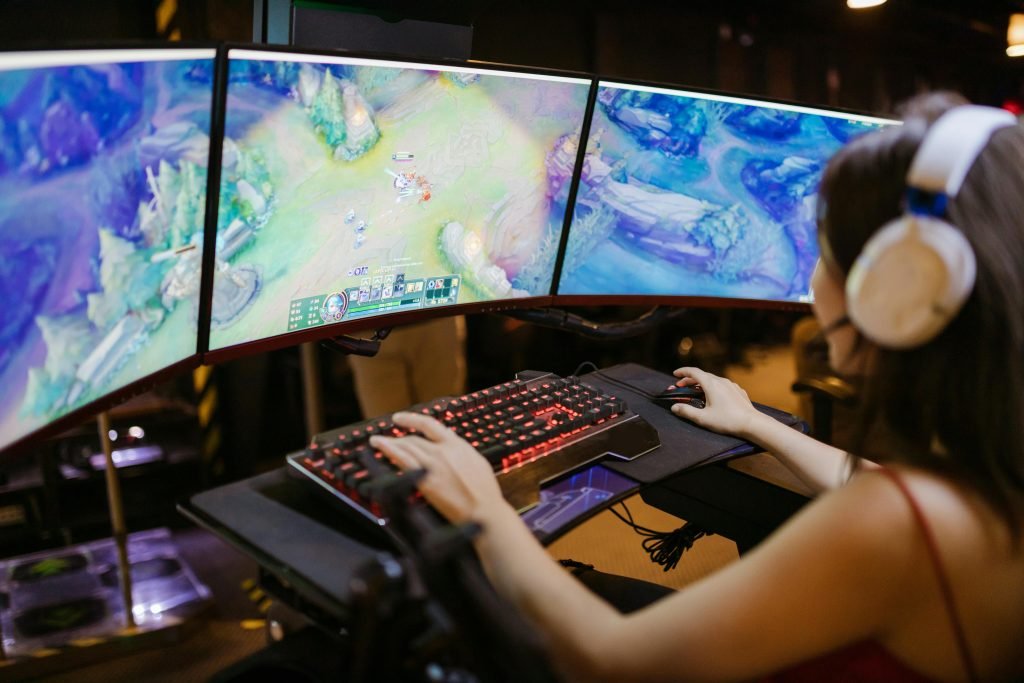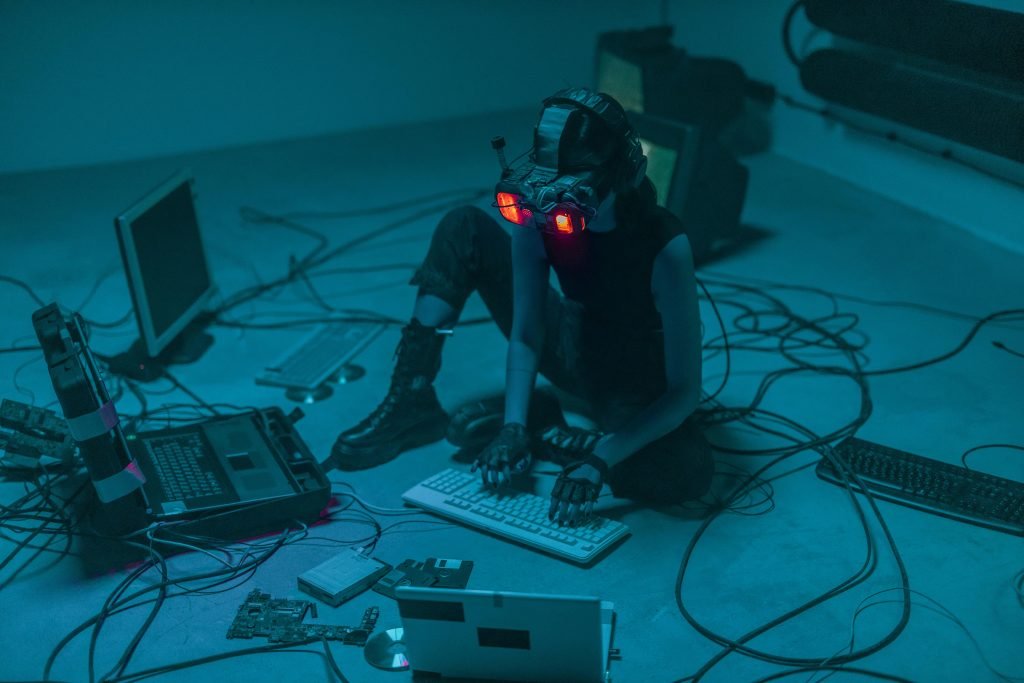
An In-Depth Look at the Responsibilities of a Video Game Designer
The realm of video game design is as intricate as it is fascinating, with the responsibilities of a Video Game Designer playing a pivotal role in bringing digital dreams to life. This article offers a detailed exploration of video game designers’ multifaceted responsibilities, ensuring each game is not just playable but a memorable adventure for every player.
Crafting Worlds: Beyond Basic Conceptualization
The responsibilities of a video game designer begin with an idea, a spark that video game designers nurture into a blazing inferno of creativity. They are the storytellers, the dreamers who envision not just the narrative arc but the very essence of the game. From the overarching storyline to the minute details that breathe life into the video game world, designers weave complex narratives that serve as the backbone of the gaming experience.
The Science of Fun: Mechanics and Level Design

Game mechanics and level design are where the abstract meets the concrete. Designers delve into the science of fun, creating a delicate balance between challenge and reward. They architect levels that guide players through a crescendo of challenges, each meticulously crafted to test skills and encourage progression. This balance is crucial; too easy, and the game loses its allure; too hard, and frustration sets in. Designers tread this fine line, ensuring each level is a puzzle players are eager to solve.
A Feast for the Eyes: Setting the Artistic Direction
While not always wielding the brush, designers set the stage for visual artists. They conceptualize the game’s visual style, encompassing everything from expansive landscapes to character designs. This ensures that all visual elements harmonize with the game’s story and emotional atmosphere. This collaboration is essential in creating immersive worlds in which players can lose themselves, worlds where every texture and shadow tells a part of the story.
Intuitive Interactions: User Interface and Experience Design
The user interface is the silent narrator of the game, guiding players without breaking immersion. Designers craft these interfaces to be intuitive, ensuring that players can navigate the game world effortlessly. This extends beyond menus to the very mechanics of interaction within the game, ensuring that whether it’s a complex combat system or a simple dialogue tree, the player’s experience is seamless.
Bridging Worlds: Collaborating with Developers
The magic happens when the worlds of design and development intersect. Designers work closely with developers to ensure their visions are not lost in translation. This partnership is a dance of creativity and technical prowess, where ideas are transformed into code. It’s a collaborative effort to solve puzzles of a different kind, where the limitations of technology meet the boundlessness of imagination.
The Final Frontier: Testing and Refinement

No game is born perfect. Designers engage in rigorous testing, playing and replaying, tweaking and tuning. This phase is critical, as it’s where the theoretical meets the practical. Through testing, designers identify gaps in the gameplay, areas where the narrative may falter, or mechanics that don’t quite hit the mark. This process is iterative, with each cycle bringing the game closer to the designer’s vision.
Echoes of the Players: Feedback and Post-Launch Updates
After the launch, the game enters a new phase of its life, one where it belongs as much to the players as to its creators. Designers listen to the community, absorbing feedback and channeling it back into the game. This post-launch dialogue is crucial, as it shapes the game’s evolution, ensuring it remains relevant and engaging in the ever-changing gaming landscape.
Conclusion
In wrapping up, the responsibilities of a video game designer are a tapestry of creativity, technical skill, and unwavering passion. They are the architects of experience, crafting worlds that exist at the intersection of art, technology, and human emotion. Their work invites us into new realities, offering escapes, challenges, and stories that resonate long after the screen goes dark.











